Introduction to LIVE project
Project parties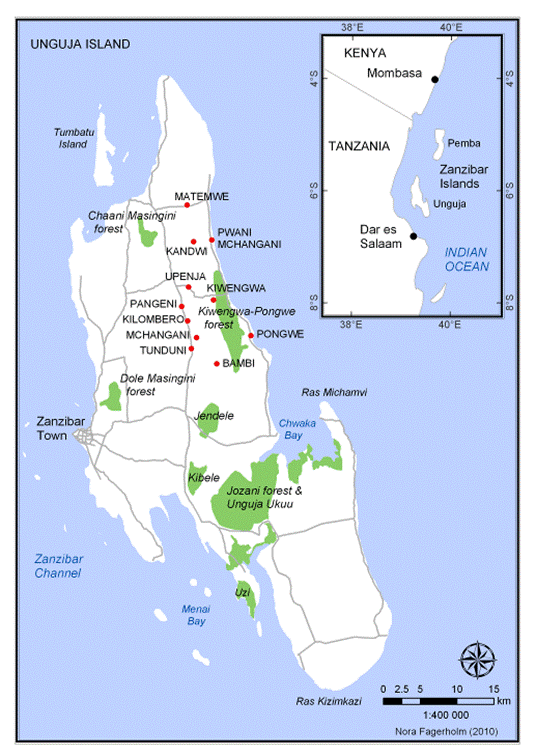
Forest Conservation by Livelihood Development in Zanzibar (LIVE project) is a co-operation development project between a Finnish organization – Turku Geographical Society – and Zanzibar government institution – Department of Commercial Crops, Fruits and Forestry (DCCFF). This project addresses both community livelihoods improvement and biodiversity conservation issues around the villages of Kiwengwa-Pongwe Forest Reserve.
Project objectives
The immediate objective is to achieve economic empowerment of local communities in order to improve their family incomes without compromising nature conservation of the forest reserve. The project will initiate and facilitate various enterprises and build capacity of local women and men and strengthen community conservation groups to take part in the development activities.
LIVE project’s direct objectives:
- Develop the livelihoods of the eleven communities around Kiwengwa-Pongwe Forest Reserve and achieve economic empowerment of local communities
- Strengthen co-operation in community level and support existing forest conservation
- Establish new livelihood management groups in the villages
- Improve village and district collaboration for conservation in the Kiwengwa-Pongwe Forest Reserve ecosystem
Introduction to livelihoods
- Agriculture: Cultivation of plants is an important source of livelihood in Kiwengwa
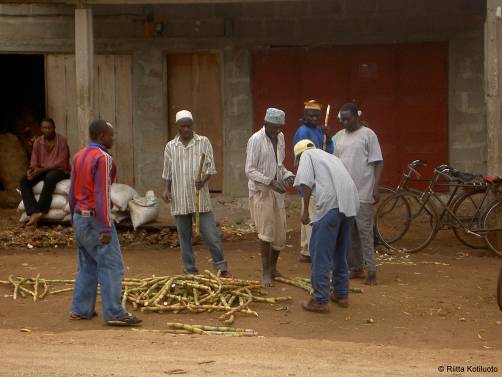 shehia, where cassava, mango, orange trees, bananas and rice are the most commonly grown crops.
shehia, where cassava, mango, orange trees, bananas and rice are the most commonly grown crops. - Animal husbandry: In the shehia of Kiwenga raising flocks of chicken is a widespread way to make a living. In addition, ducks, goats and cattle are often kept in the villages.
- Fishing and seaweed farming:
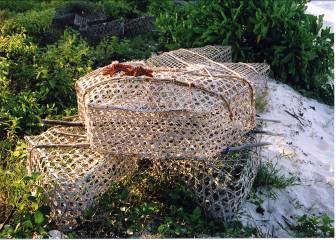 Fishing is one of the key sources of livelihood for the villagers in Kiwengwa. The fishing calendar is guided by the northeast and southeast monsoons. During the northeast monsoon (November to February), the fish hauls are not large, while during the southeast monsoon (April to September) the catches are bigger.
Fishing is one of the key sources of livelihood for the villagers in Kiwengwa. The fishing calendar is guided by the northeast and southeast monsoons. During the northeast monsoon (November to February), the fish hauls are not large, while during the southeast monsoon (April to September) the catches are bigger. - Forestry: Kiwengwa-Pongwe Forest has been an important resource for villagers in Kiwengwa shehia for decades. Overuse has resulted in a severe decline in certain plant species and has led to general forest degradation. As a result of the decline of the Kiwengwa-Pongwe Forest, the government has enacted protection measures and its use is now more restricted.
- Handicrafts
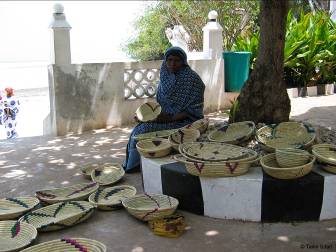 : Local villagers use Kiwengwa-Pongwe Forest in various ways for handicrafts. Different parts of plant species are being used for numerous items, such as baskets, boats, doors, fish nets and even for toys.
: Local villagers use Kiwengwa-Pongwe Forest in various ways for handicrafts. Different parts of plant species are being used for numerous items, such as baskets, boats, doors, fish nets and even for toys.
Reports, publications and other materials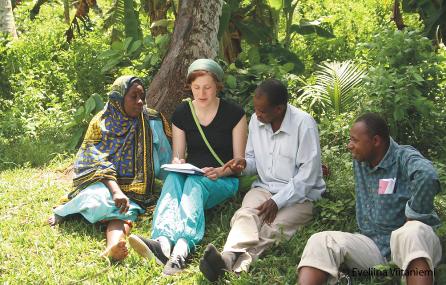
LIVE project photos
Blog of the LIVE project
Virve Repo in Salon Seudun Sanomat
Visit to Teijo in Perniönseudun lehti
Reports 2009: Baseline survey, Livelihood groups, Annual report 2009
Reports 2010: Progress report, Annual report 2010
Reports 2011: Marketing report, Final report and Final evaluation report
